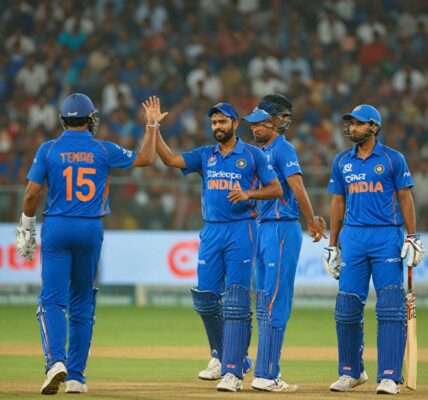Football helmets are one of the most critical pieces of equipment in American football. Designed to protect players from head injuries, these helmets are a cornerstone of safety on the field. This article explores the importance of football helmets, their components, and how they have evolved over time.
The importance of football helmets
Protecting Against Head Injuries
Football helmets play a crucial role in safeguarding players from head injuries, including concussions. They are designed to absorb and distribute the force of impacts, reducing the risk of severe brain injuries. Helmets are engineered to minimize the energy transferred to the skull during collisions, which helps in preventing concussions and other traumatic brain injuries.
Legal and Safety Requirements
In many leagues and organizations, football helmets must meet specific safety standards set by governing bodies like the National Operating Committee on Standards for Athletic Equipment (NOCSAE). These standards ensure that helmets are tested rigorously to provide the highest level of protection. Players and coaches must adhere to these requirements to comply with safety regulations and reduce the risk of injury.
Components of a football helmet
Outer Shell
The outer shell of a football helmet is typically made from a hard, impact-resistant material such as polycarbonate or fiberglass. This shell is designed to absorb and disperse the impact force, protecting the player’s head from severe injuries.
Padding and Liners
Inside the helmet, various layers of padding and liners provide additional cushioning. These materials are often made from foam or other impact-absorbing substances. The padding helps to reduce the force transferred to the head and provides a snug, comfortable fit for the player.
Face Mask
The face mask is an essential part of the helmet, designed to protect the face and facial bones. Made from metal or composite materials, the face mask helps to shield the player’s face from direct impacts and injuries while maintaining visibility and breathability.
Chin Strap
The chin strap secures the helmet in place, ensuring that it stays on during play. It is adjustable to fit different head sizes and shapes, providing additional stability and preventing the helmet from shifting or coming off during a game.
Evolution of Football Helmets
Early Designs
Football helmets have come a long way since their inception. Early designs were simple leather caps that offered minimal protection. These early helmets were primarily used to protect against superficial injuries rather than serious head trauma.
Modern Advancements
Advancements in materials and technology have significantly improved helmet design. Modern helmets feature advanced impact-absorbing materials, improved aerodynamics, and customizable fittings. Innovations such as the use of MIPS (Multi-directional Impact Protection System) and advanced impact sensors have further enhanced helmet safety.
Future Trends
The future of football helmet technology looks promising with ongoing research and development. Innovations such as smart helmets with integrated sensors to monitor head impacts and new materials designed to provide better protection are on the horizon. These advancements aim to further reduce the risk of head injuries and improve player safety.
Choosing the Right Football Helmet
Fit and Comfort
When selecting a football helmet, it is crucial to ensure a proper fit. A helmet that is too tight or too loose can compromise safety and comfort. Players should try on different sizes and styles to find the helmet that best fits their head shape and size.
Certification and Standards
Always choose helmets that are certified by recognized safety organizations. Helmets meeting NOCSAE or similar standards have undergone rigorous testing to ensure their effectiveness in protecting against head injuries.
Regular Maintenance
Proper maintenance of football helmets is essential to ensuring their effectiveness. Helmets should be inspected regularly for any signs of damage, such as cracks or worn-out padding. Proper cleaning and storage also contribute to the longevity and safety of the helmet.




